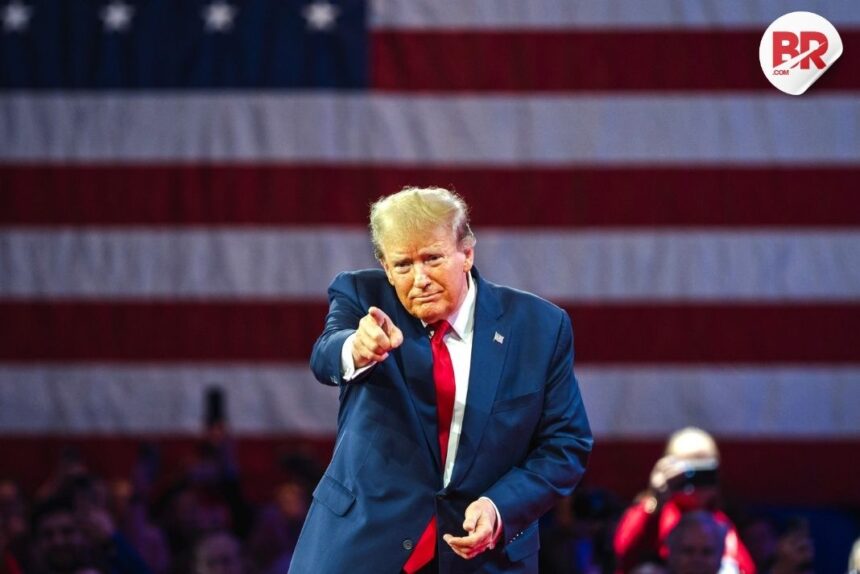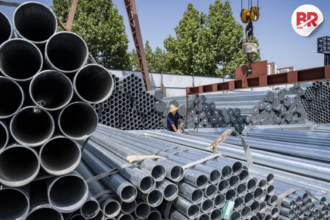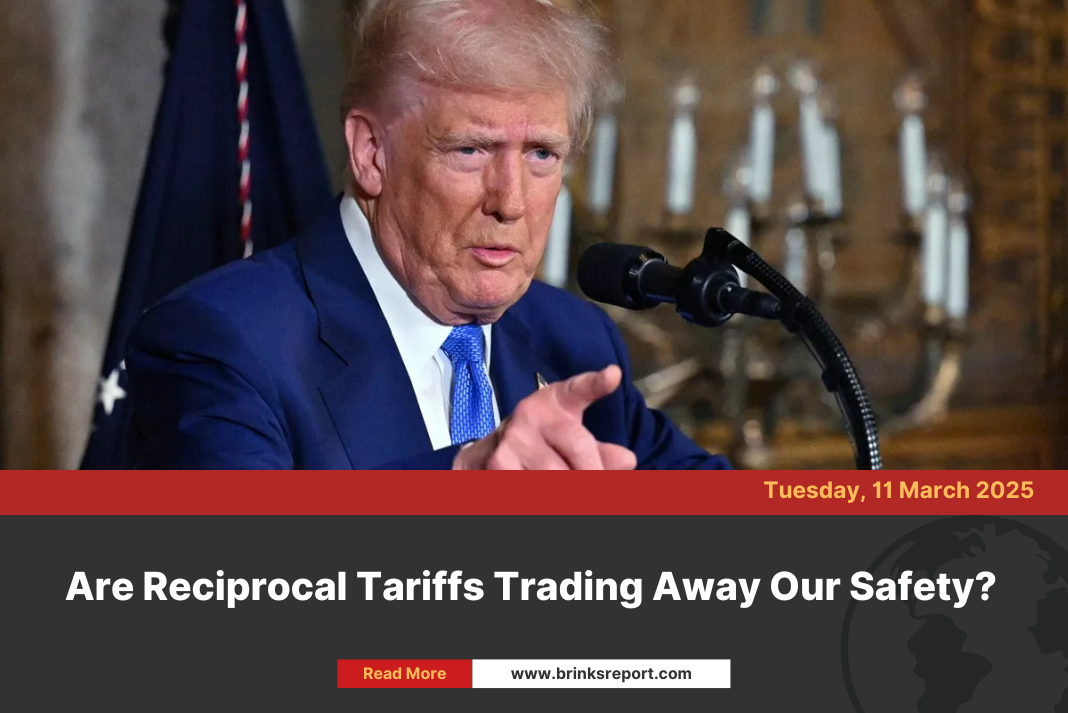
Trump’s Tariff Threat: No One Is Safe
The threat of Trump’s tariffs continues to loom large, sending ripples through global trade. No industry, no country, and certainly no one is fully safe from the impact. Although certain tech products, like smartphones, have been granted exemptions, the broader message remains clear: the storm is far from over.

A Rollercoaster Ride of Uncertainty
Imagine being strapped to a rollercoaster, but instead of thrills, it’s trade negotiations that keep you on edge. One moment, we hear talk of a deal; the next, tariff threats are back on the table. This unpredictable back-and-forth has left businesses in a constant state of anxiety. How can they plan when the rules seem to change at any moment?
Why the Tariff Threats?
To understand Trump’s tariff threats, it’s crucial to know what’s behind them. There are a few driving forces:
- Negotiating Leverage: Tariffs are used as a tool to pressure other countries into making trade deals that benefit the U.S. more.
- Protecting Domestic Industries: The goal here is to safeguard American jobs and businesses from unfair foreign competition.
- Addressing Trade Imbalances: Another key reason for the tariffs is to reduce the U.S. trade deficit.
These tariffs are intended to make international trade more favorable for the U.S., but the broader consequences are far-reaching.
The Smartphone Exemption: A Brief Respite?
Recently, smartphones were temporarily exempted from tariffs, giving consumers and businesses a brief break. However, experts like Howard Lutnick caution that this exemption might be short-lived. It raises an important question: Is this exemption a genuine attempt to reduce harm, or is it just a tactical move in a larger, ongoing trade strategy? Think of it like a chess game where a pawn might be sacrificed for a bigger win down the line.
Who Pays the Price?
The stated goal of Trump’s tariff threats may be to punish foreign countries, but the reality is more complicated. The costs often fall on consumers, who face higher prices. Businesses also bear the brunt, as increased expenses can reduce their ability to invest and hire new workers. In the end, everyone pays in one way or another. And developing countries, heavily reliant on trade, can suffer significant setbacks.
Also Read: How Trump’s Tariffs Are Shaping Investment Strategies in a Volatile Market
How to Navigate This Uncertainty
With the future of tariffs uncertain, businesses and individuals must find ways to adapt. Here are a few strategies to stay afloat:
- Stay Informed: Keeping up with the latest news on tariffs and trade policies can help you anticipate changes. It’s like checking the weather forecast before planning a trip.
- Diversify Supply Chains: Relying on multiple suppliers instead of one can reduce the risk of being hit hard by tariffs.
- Explore New Markets: By identifying new markets, you can lessen the blow of trade disruptions.
- Advocate for Your Business: Don’t hesitate to engage with policymakers to ensure your industry’s interests are represented.
Conclusion: Preparing for the Unknown
The uncertainty around Trump’s tariff threats makes this a challenging time for businesses and consumers alike. The best strategy is to stay informed and prepare for whatever comes next. In a world where trade deals can change in an instant, agility is key.
Also Read: Xi Jinping’s Bold Call for Regional Unity: Cooperation Over Protectionism in Southeast Asia












